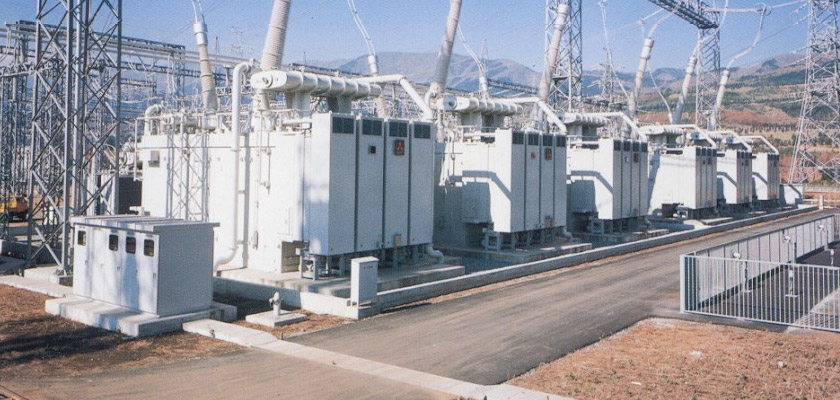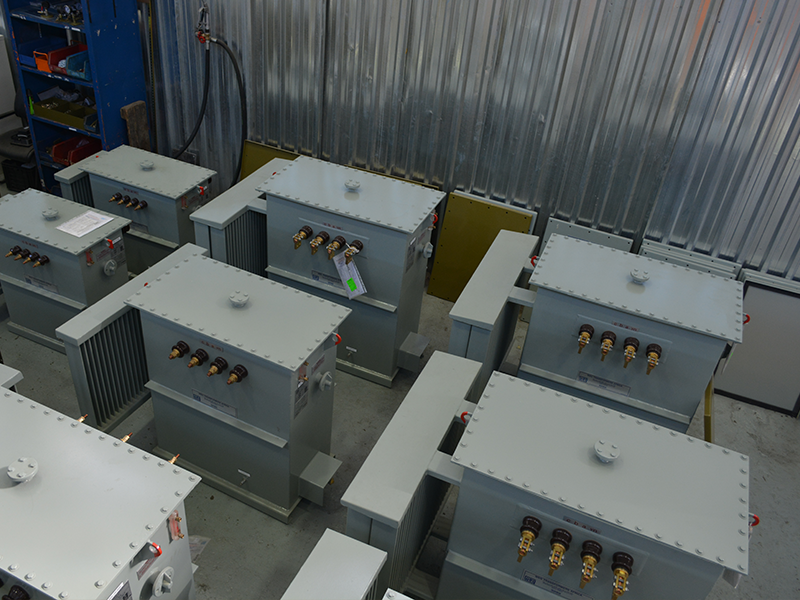What is the Importance of Thermal Management in Transformers?
Transformers tend to generate heat. It is not an uncommon phenomenon and no matter the size and rating of the transformer, heat generation in some amount is inevitable. If a transformer is warm or even hot is a typical sign of a working transformer. It is the phase where the temperature of the transformer rises above its ambient temperature that should be taken into consideration whether it is way too hot to be running.

Transformers are created with various insulation classes which is dependent on the basis of their proposed application. This insulation class will further ascertain the temperature range to where the transformer can run efficiently. In this case, various transformers will have the ability to work with various temperature boundaries. And on that very basis, there is no universal standard temperature to which a transformer is running hotter than its limit. The classification of the insulating materials helps in determining the maximum operating temperature for every insulation class but when used along with the typical standard and accepted maximum ambient temperature of 40 degrees C helps in determining the temperature rise to the max of a transformer. Means subtracting maximum ambient temperature from maximum operating temperature. If you are looking to transformateur reconditionné, visit us today!
Transformers using the Class Y Insulation materials can operate to a maximum of 90 degrees C. On the other hand, those designed with Class C Insulation materials can operate to more than 180 degrees C, with zero damage to the insulation or impacting transformer’s life. This showcases a vast distinction what can be deemed normal when ascertaining the temperature of a transformer and explains why a transformer feels so hot to touch. It doesn’t always mean that the transformer is overheated.

Classification of insulating materials and their maximum operating temperatures
| Insulation Class | Maximum Operating Temperature |
| Class Y | Up to 90 degrees C |
| Class A | Up to 105 degrees C |
| Class E | Up to 120 degrees C |
| Class B | Up to 150 degrees C |
| Class F | Up to 155 degrees C |
| Class H | Up to 180 degrees C |
| Class C | Above 180 degrees C |
Despite the table mentioned above, the operating temperature of a transformer still remains an essential aspect for consideration during the separation process. The transformers that run way too hot pose a risk of burning out and eventually, failing.
How to cool down the transformers quickly?
- If the transformer is too big, ducting of the windings is important.
- Installing microprocessor temperature control units.


Comments are closed.